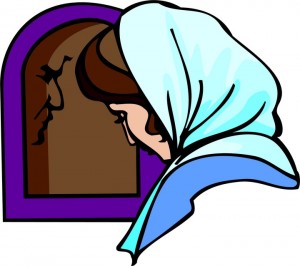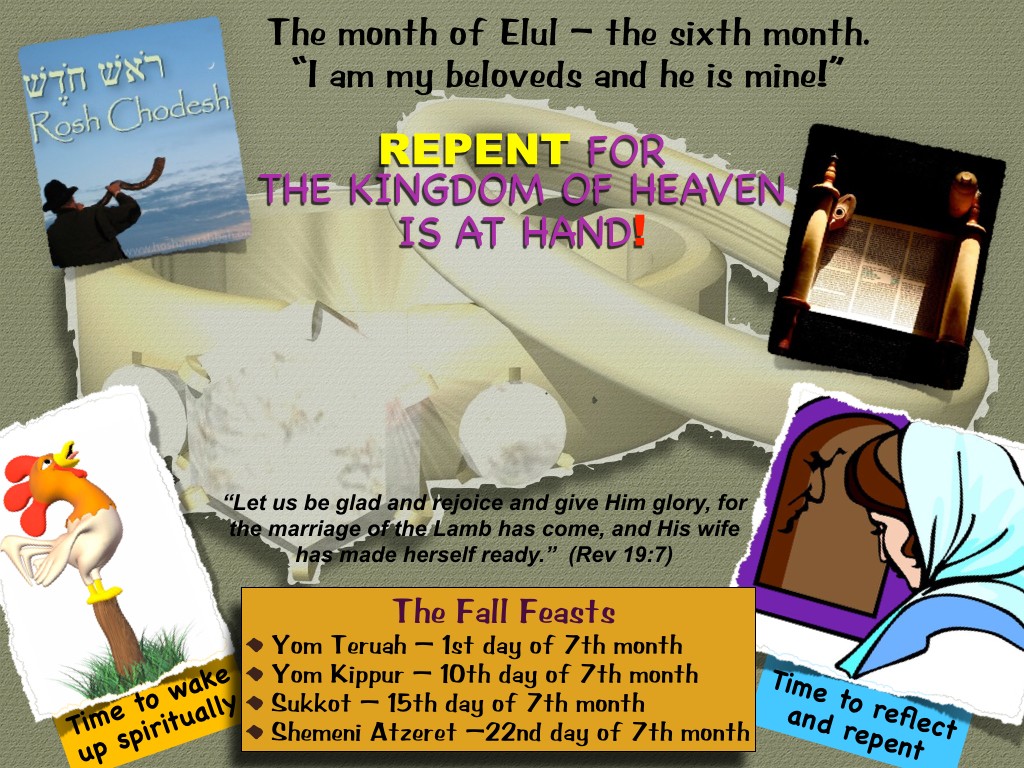Getting in Sync With YHVH Times and Seasons
What are the forty days of teshuvah (the Hebrew word meaning “repentance”) all about? Let’s briefly explore this concept to see how why they occur when they do and how they relate to the fall biblical feasts and the second coming of King Yeshua the Messiah.
During these forty days, which begin on the first day of the sixth month on the biblical calendar and end on the Yom Kippur (the Day of Atonement), it is time for the redeemed believer to get his or her spiritual house in order for the upcoming biblical high holy days. Why? Because these holidays prophetically picture the second coming of Yeshua the Messiah and his gathering his people to himself, and the coming judgments upon the earth of the wicked and lukewarm, and the pouring out of YHVH’s wrath upon the wicked along with the destruction of Babylon the Great by Yeshua. They also point to the time when Yeshua will establish his millennial kingdom on this earth, and finally, the coming of the new heaven and new earth at the end of the millennium.
Furthermore, during the forty days of teshuvah, it’s time for YHVH’s people to awake from their spiritual slumber (1 Thess 5:1–8; Rom 13:11–14) and repent (or make teshuvah) from sin and turn back to wholehearted obedience to Elohim. The three months between the biblical feasts of Shavuot or Pentecost and Yom Teruah (the Day of Shofar Blasts) prophetically pictures the 2000 year time period between the first and advents of Yeshua the Messiah. As we near the end of this period, it is time to get ready for Yeshua’s second coming and to put off spiritual lukewarmeness by repenting of sin (Torahlessness) and by putting on the robes of righteousness and looking heavenward in anticipation of our Messiah’s coming. The forty days between the first day of the sixth month and Yom Kippur is the time to be doing this.
Why forty days and why now? According to the biblical record and Jewish tradition, Moses received the tablets of the ten commandments on Shavuot (the Feast of Weeks or




